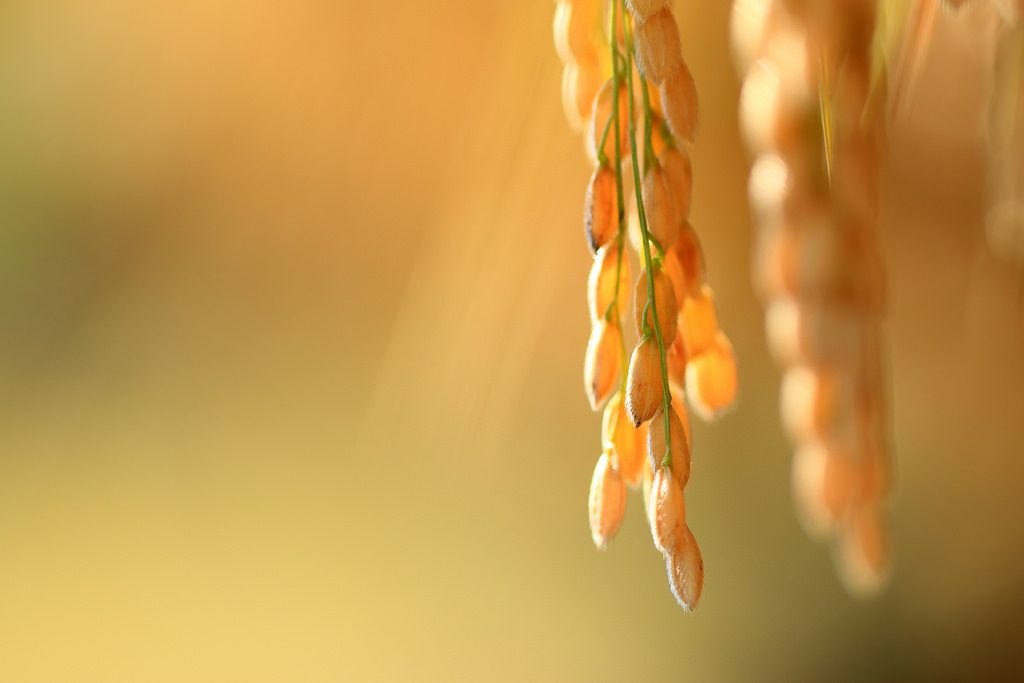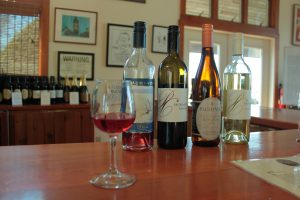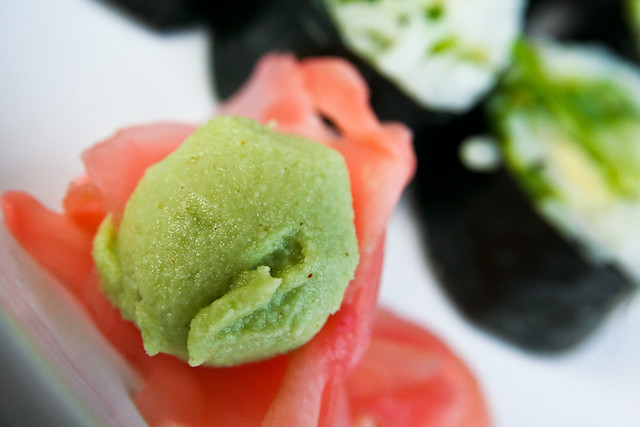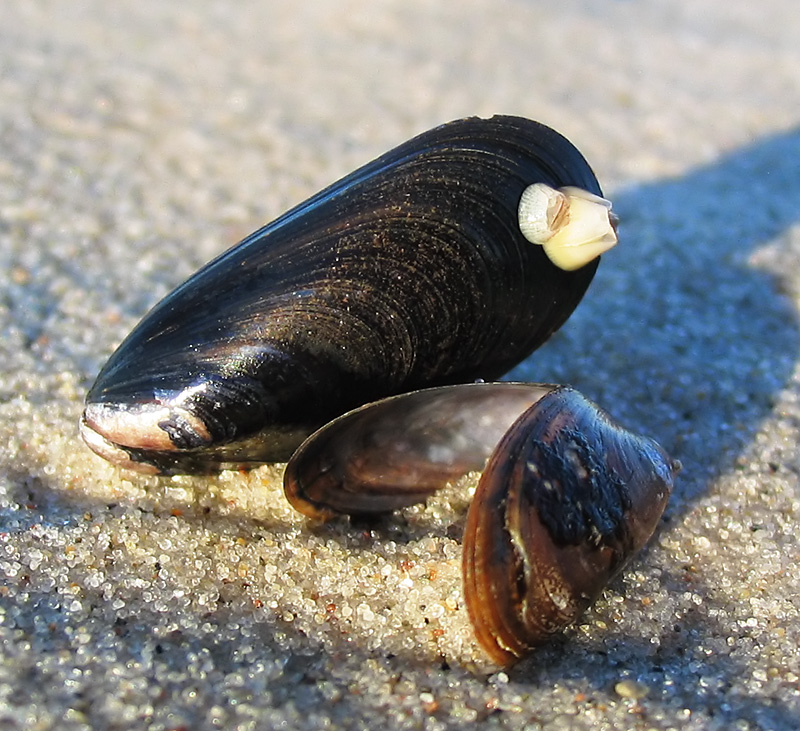I couldn’t help but laugh when I heard that a new Japanese anime called Love Kome: We Love Rice was airing in Japan. The title is a pun on the Japanese term for rice (kome) and “love comedy,” and here is a synopsis:
“The anime project anthropomorphizes rice (kome in Japanese) into schoolboys. At the Kokuritsu Inaho Academy (“Rice Ear Academy,” a wordplay on national schools), five new rice-inspired students attempt to supplant bread as the popular grain at the school. The new students form the “Love Rice” unit and challenge themselves to perform at the “Harvest Show” to show the delicious appeal of rice grains. The “heartwarming ‘kome’dy with laughs and passion” promises to let audiences rediscover the virtues of rice (“Japan’s soul food”)” (from MyAnimeList)
Looking a little deeper, the characters and settings hint that the anime creators may have really done their homework.
First, the characters in Love Kome are named after actual varieties of rice that would be well-known among people in Japan. In North America, people might be familiar with white rice, brown rice, or Jasmine rice, but in Japan, people often speak of finer differences between strains of white rice. Some rice strains represent a brand of the region where it is grown – such as Akita Komachi from Akita prefecture – and each of these rice strains have differences in taste, texture, and quality.
I grew up knowing Koshihikari rice as top quality, and sure enough, in Episode 1 of the anime, all the “rice” schoolboys attending the Kokuritsu Inaho Academy revere Koshihikari as their “senpai” (respectful way to call a senior) and strive to become like Koshihikari. Generation-wise, the Koshihikari variety is also a parent strain to four of the five main characters in Love Kome – Hinohikari, Hitomebore, Akitakomachi, and Nikomaru – as all of these rice varieties were cultivated from cross-breeding Koshihikari with other rice strains.
Perhaps the anime will be a battle of the new generation Koshihikari cross-breed descendants, but it leaves one odd one out: Sasanishiki. To Sasanishiki, Koshihikari is more like an uncle (see the rice strain lineage diagram here *in Japanese), as well as a rival since Sasanishiki and Koshihikari used to be the top two varieties dominating rice crop areas in Japan. The rivalry ended in 1993 when Sasanishiki crops were hit severely by an extreme cold year and was replaced by hardier varieties such as Hitomebore (more on the history of Sasanishiki is explained here *in Japanese). Maybe Sasanishiki’s old days in the spotlight explains the official Love Kome character synopsis (*in Japanese) that describes Sasanishiki as: prideful, confident and stubborn […, and] tends to make condescending expressions that he has trouble making friends. It’s pleasantly surprising if creators had really thought this out to incorporate the history of rice strains.
At the end of the first four-minute episode, Love Kome introduces a rice croquette recipe, demonstrating that rice is not only about having a bowl of plain white rice. When bread and pasta continue to be popular in Japan, I would like to see how the anime tries to make rice the main staple food in Japan again.


 I would usually reach for the classic white wines and red wines, but deferring to the wineries’ recommended specialties, I was pleasantly surprised by their varieties of ice wines, fruit wines, and rosés.
I would usually reach for the classic white wines and red wines, but deferring to the wineries’ recommended specialties, I was pleasantly surprised by their varieties of ice wines, fruit wines, and rosés.

